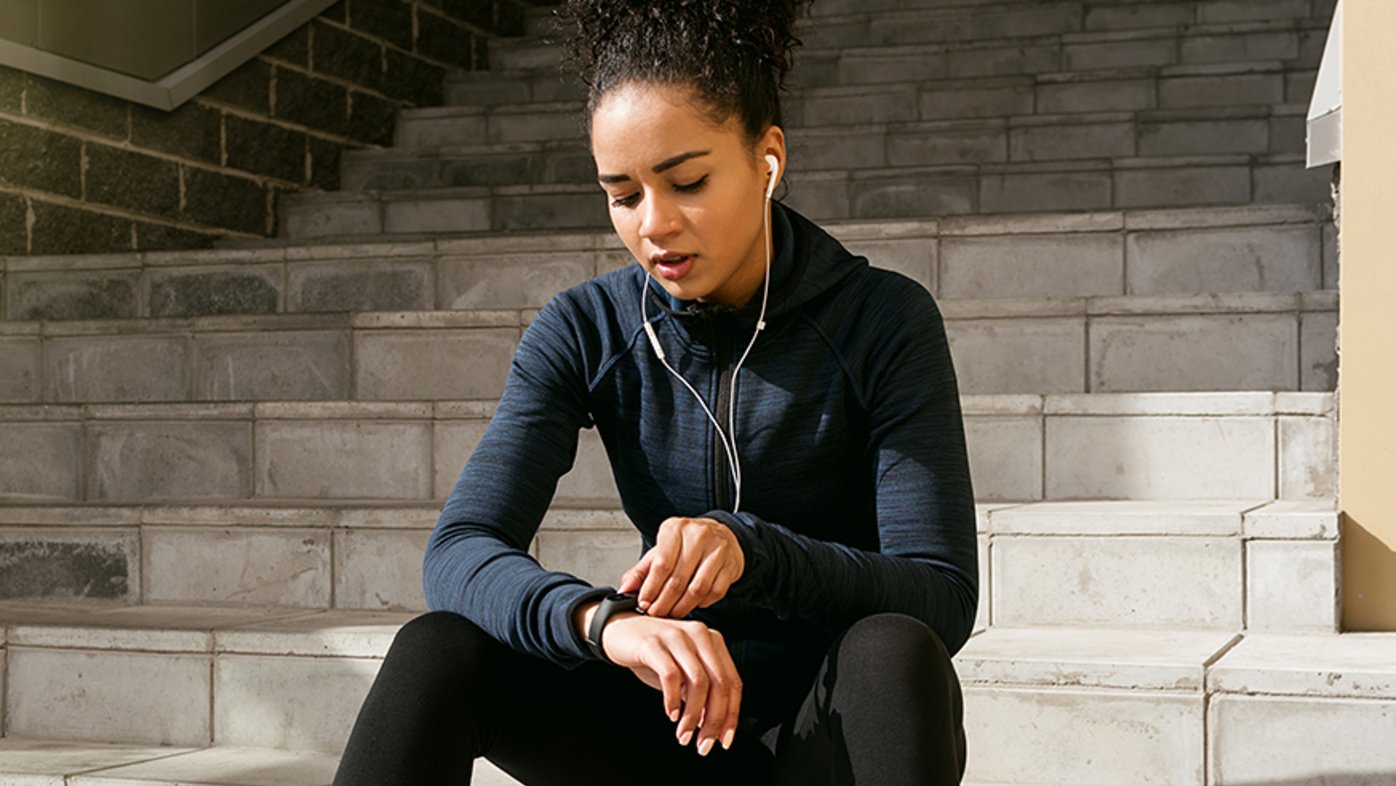
Are wearable health trackers accurate?
Learn how wearable health trackers can provide valuable support on your personal health journey.
It’s well-known that sitting too long can lead to health problems. But did you know it can also be bad for your backside? “Dead butt syndrome”, while a funny-sounding term, is no joke; the condition is tied to a sluggish rear end and can cause extreme discomfort and pain.
Stewart Sanders, a physical therapist and the director of Sharp Rees-Stealy’s Running Clinic, shares four things you ought to know about dead butt syndrome:
The definition: Dead butt syndrome, also known as gluteal amnesia, is a condition where the gluteal muscles in the back of your hip are inhibited, weak or not working correctly during functional activities.
The symptoms: Symptoms of dead butt syndrome can include pain in your glutes or lower back. Occasionally, numbness can occur in the lower extremities. If glute muscles are inhibited, it can also lead to mechanical knee and ankle discomfort while walking or running.
The causes: Dead butt syndrome can be caused by inactivity or prolonged sitting. With habitual sitting, muscle imbalance can occur around the hip. The hip flexors and quadriceps in the front of the hip can become tight and inhibit the glutes, leading to weakness and dysfunction. Even active individuals can experience dead butt syndrome if they have difficulty engaging their glutes during exercises.
The solution: Preventing dead butt syndrome involves recognizing its symptoms and making lifestyle changes to counteract the effects of prolonged sitting, such as:
Limiting the duration of sitting activities as much as possible or standing and moving frequently to avoid prolonged periods of inactivity
Incorporating general exercise and fitness routines with a focus on glutes and core muscles
Stretching muscles in the front of your hip, such as the hip flexors and quadriceps, while strengthening muscles in the back of your hip, particularly the glutes
Exercises to wake things up
Stewart also recommends exercises that can help reduce the risk of dead butt syndrome and promote overall health and well-being. These include:
If you experience hip, back or lower extremity pain, talk with your doctor. A mechanical evaluation with a physical therapist may be recommended.
“Try to be active on a regular basis and limit sitting activities as practically as possible,” says Sanders. “Don't let work or recreational activities be a pain in your butt.”
Learn more about exercise and fitness; get the latest health and wellness news, trends and patient stories from Sharp Health News; and subscribe to our weekly newsletter by clicking the "Sign up" link below.
Our weekly email brings you the latest health tips, recipes and stories.